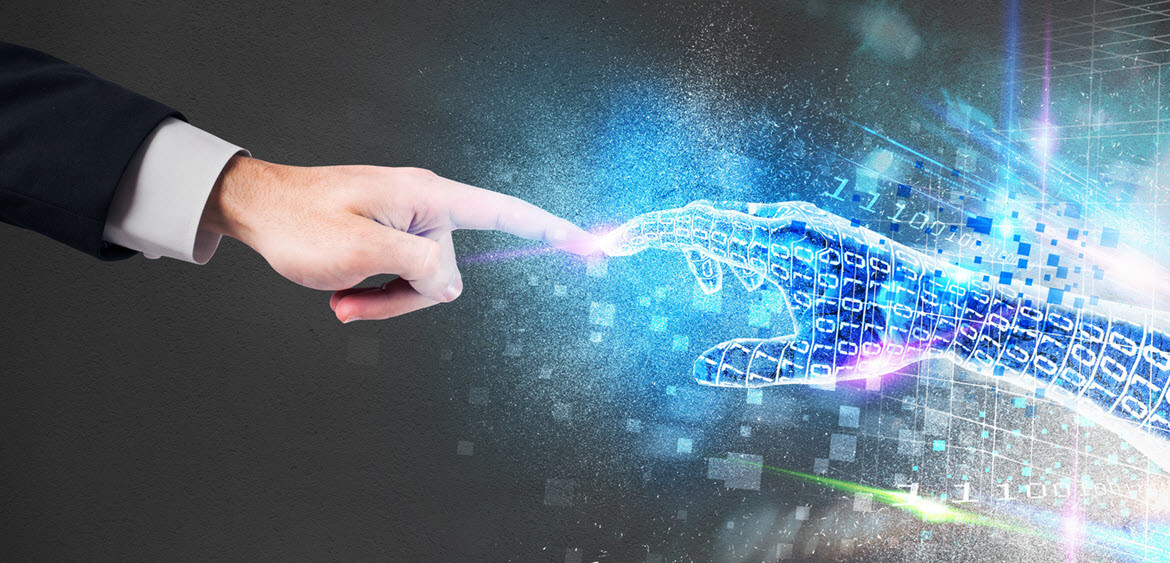
When #AI meets #IoT
The time when companies must face up to the new digital realities that emerging technologies are not only approaching fast but looking to disrupt in the most legacy of industries.
Established enterprises, private-held businesses and a rising number of venture-capital-backed startups across the world are moving rapidly to connect their products and equipment to the Internet of Things (IoT), opening up opportunities to create new business models and transform how they run their operations and engage with customers.
There are 6 main drivers fueling the rapid growth of IoT (including IoE and IIoT):
However, tapping into the IoT is only part of the story. For companies to realise the full potential of IoT enablement, they need to combine IoT with rapidly-advancing Artificial Intelligence (Machine Learning, Deep Learning) technologies, which enable ‘smart machines’ to simulate intelligent behaviour and make well-informed decisions with little or no human intervention.
Over the coming years, these ongoing advances in AI will have profound impacts on jobs, skills and HR strategies in virtually every industry—underlining the fact that companies don’t have the luxury of time as they map out their plans for an AI-enabled world.
Already, integrating AI into IoT networks is becoming a prerequisite for success in today’s IoT-based digital ecosystems. So businesses must move rapidly to identify how they’ll drive value from combining AI and IoT—or face possible disruption.
Today, the AI in smart machines is advancing from the ability to handle traditional applications of repetitive tasks to the capability to adapt to continuously changing tasks.
This evolution is seeing AI applications are continuing to progress from Assisted Intelligence to Augmented Intelligence, and ultimately Autonomous Intelligence.
Each stage builds on the one before, bringing to bear its own specific capabilities and characteristics.
The progression of AI along the continuum is being fueled by a wide range of drivers, including the levelling-off of the technology cost curve and the maturing of underlying technologies, including mobile connectivity, cloud infrastructure, the proliferation of sensors, advances in processing power, machine-learning software and storage.
In addition, other major trends contributing to the growth in AI are the rise of the open-source software movement and the ongoing democratisation of AI.
As AI continues to evolve and machines become smarter, significant opportunities will emerge across the complexity spectrum.
First, repetitive and routine manual and cognitive tasks will be automated to provide assisted intelligence; next, in situations where the complexity of decisions is greater, AI will augment human decision- making; and finally, when machines are able to learn enough about the situation and make reliably predictable recommendations that humans can trust, they will become autonomous.
Ask me about AI as a Service and join me on Twitter for additional insights.
Full PwC Report: Leveraging disruptions from AI and IoT.



Director, CTO, & Data Scientist @ Exascale AI | Cropway | ANM Analytics
6yGreat article! Very informative.
Industry 4.0 Solutions - Empower your team and supply chain to reach 100% outbound quality. ZeroDefectMFG.com
7yGreat article! "So businesses must move rapidly to identify how they’ll drive value from combining AI and IoT—or face possible disruption." In addition to this, our market (manufacturing) is showing another concern. We are finding a more perplexing challenge for them - Where do we start? Solution: A project that is small and meaningful with an impact to your operation. Use the project to benchmark and test, ensure the solution is scalable, repeat. Thank you for sharing. as Josh Linkner - NY Times Bestselling Author would say: Disrupt or be disrupted!
Director @Conyers
7yGood points and article, thanks Mike... as ever.